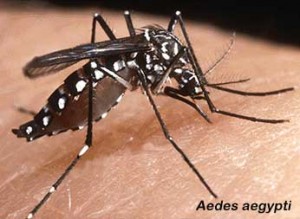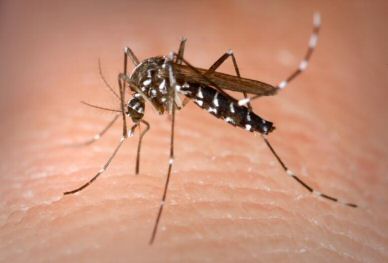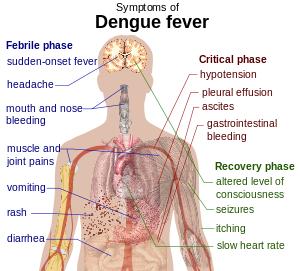Costa Rica News – Most gringos in Costa Rica have not worried much about dengue during this rainy season as it was concentrated in poorer cantons in Costa Rica. Well it seems that the mosquitoes carrying the virus are now migrating to gringo areas and after white meat. (Bua, ha, ha, ha, ha…..my scary laugh)
 The increase in dengue cases in the cantons of Escazú and Santa Ana, and San Jose in Pavas has put the health authorities on alert and has called for the general public to take this problem seriously.
The increase in dengue cases in the cantons of Escazú and Santa Ana, and San Jose in Pavas has put the health authorities on alert and has called for the general public to take this problem seriously.
Santa Ana has the most new patients with the virus.
There have been reported 12 to 15 cases of dengue each week in the last month.
In Escazu the numbers have been seven patients on average a week and in Pavas eight, said Mary Ethel Trejos, chief of the Directorate of Health Surveillance.
Although it might seem like very few cases in places like Escazú historically there have not been as many cases of dengue. However, for more more than 7 weeks the number of cases has been steady.
The Central and Pacific regions remain with higher number of patients for dengue virus,which is transmitted by the mosquito Aedes aegypti .
In Chorotega, for example, reports indicate that there are between 150 and 200 new cases of dengue each week.
The counties most affected are Bagaces, Liberia, Carrillo, Santa Cruz and Nicoya.
The characteristic symptoms of dengue are sudden-onset fever, headache (typically located behind the eyes), muscle and joint pains, and a rash.
Dengue Diagnosis
A probable diagnosis is based on the findings of fever plus two of the following: nausea and vomiting, rash, generalized pains, low white blood cell count, positive tourniquet test, or any warning sign (see below) in someone who lives in an endemic area. Warning signs typically occur before the onset of severe dengue.The tourniquet test, which is particularly useful in settings where no laboratory investigations are readily available, involves the application of a blood pressure cuff at between the diastolic and systolic pressure for five minutes, followed by the counting of any petechial hemorrhages; a higher number makes a diagnosis of dengue more likely.
Warning Signs
Worsening abdominal pain
Ongoing vomiting
Liver enlargement
Mucosal bleeding
High hematocrit with low platelets
Lethargy or restlessness
Serosal effusions


